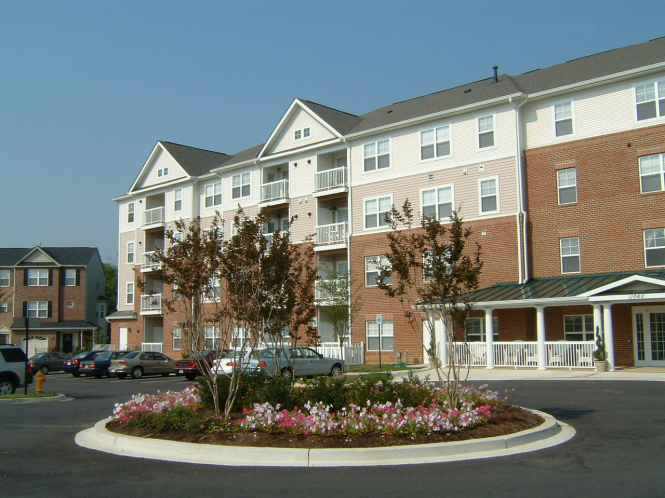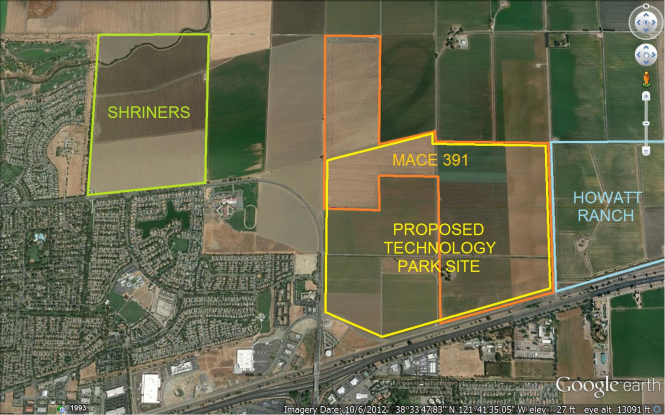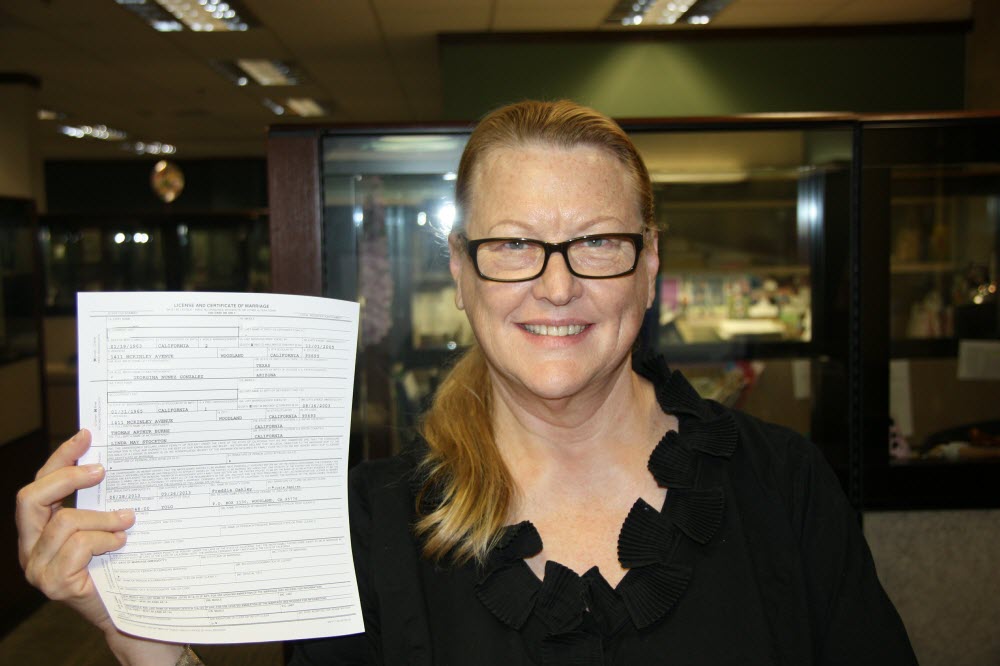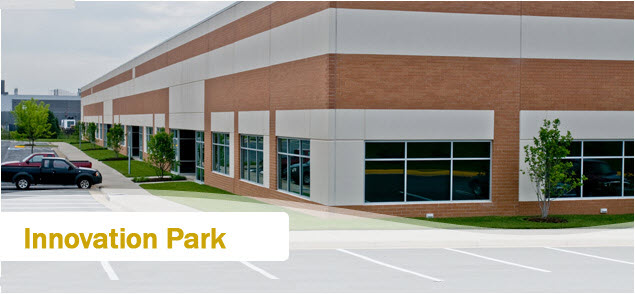 Yolo Chapter, California Grand Jurors’ Association
Yolo Chapter, California Grand Jurors’ Association
Sometimes the Yolo County Grand Jury addresses sensational topics, such as the recent expose of malfeasance in the probation department, or the delivery of an indictment in the Deputy Tony Diaz murder case. In most instances, its work and possibly it highest value lies in keeping tabs on more mundane activities. A major and very important function of the Yolo County Grand Jury is to see that county agencies and organizations, including special districts, are providing residents with good service. Every year the Grand Jury issues a report describing its investigations along with recommendations. Agencies are required to respond to these recommendations within 90 days (California Penal Code, Title 4, Sect. 933). However, by the time the responses come in, a new Grand Jury is in place.
As former grand jurors and members of the Yolo Chapter of the California Grand Jurors’ Association, we have followed up on previous Grand Jury recommendations. We selected responding agencies that stated they were either planning to implement a recommendation or needed time for further study. We wrote to agency heads listing earlier Grand Jury recommendations (along with their agency’s responses) and asked about the current status of the situation.
 By Matt Williams
By Matt Williams
 By Lydia Delis-Schlosser
By Lydia Delis-Schlosser by Tia Will
by Tia Will  Stop me if you have heard this one before – a high profile case in which the defendant is facing dozens of felony charges and a potential life sentence, but, following a plea agreement, likely will not serve any time in prison.
Stop me if you have heard this one before – a high profile case in which the defendant is facing dozens of felony charges and a potential life sentence, but, following a plea agreement, likely will not serve any time in prison.
 Yolo Chapter, California Grand Jurors’ Association
Yolo Chapter, California Grand Jurors’ Association By Marc Hoshovsky
By Marc Hoshovsky This week, the Yolo County Board of Supervisors voted 3-2 to consolidate the elected Yolo County Clerk-Recorder’s office with the Yolo County Assessor’s office. The majority of three believed that the move would add efficiency, in that there is at least some overlap between a portion of the offices that deal with real property.
This week, the Yolo County Board of Supervisors voted 3-2 to consolidate the elected Yolo County Clerk-Recorder’s office with the Yolo County Assessor’s office. The majority of three believed that the move would add efficiency, in that there is at least some overlap between a portion of the offices that deal with real property.
 California leads the nation in wrongful convictions, according to a 2012 study, but it trails many states, particularly New Jersey, in safeguards and best practices aimed at reducing critical areas where wrongful convictions are likely to occur. Assemblymember Tom Ammiano has been attempting to change that with his support of the Innocence Project Bill.
California leads the nation in wrongful convictions, according to a 2012 study, but it trails many states, particularly New Jersey, in safeguards and best practices aimed at reducing critical areas where wrongful convictions are likely to occur. Assemblymember Tom Ammiano has been attempting to change that with his support of the Innocence Project Bill.
 by Cary Adams
by Cary Adams Each year, San Francisco Public Defender Jeff Adachi and his office host the Justice Summit in San Francisco, bringing together a combination of local leaders and national figures whose work in the legal community and for social justice gets highlighted through speeches and panel presentations.
Each year, San Francisco Public Defender Jeff Adachi and his office host the Justice Summit in San Francisco, bringing together a combination of local leaders and national figures whose work in the legal community and for social justice gets highlighted through speeches and panel presentations. The first Innovation Park Community Forum was held on Tuesday. This meeting washeld to discuss the findings and conclusions of the City’s Innovation Park Task Force and learn more about the options and issues the City of Davis will be considering in taking action to meet the needs of growing technology businesses.
The first Innovation Park Community Forum was held on Tuesday. This meeting washeld to discuss the findings and conclusions of the City’s Innovation Park Task Force and learn more about the options and issues the City of Davis will be considering in taking action to meet the needs of growing technology businesses. by Rob White
by Rob White